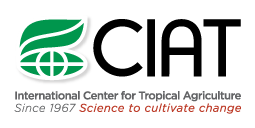 March 2015
March 2015
Food Security
Fish provides more than 4.5 billion people with at least 15 % of their average per capita intake of animal protein. Fish’s unique nutritional properties make it also essential to the health of billions of consumers in both developed and developing countries. Fish is one of the most efficient converters of feed into high quality food and its carbon footprint is lower compared to other animal production systems. Through fish-related activities (fisheries and aquaculture but also processing and trading), fish contribute substantially to the income and therefore to the indirect food security of more than 10 % of the world population, essentially in developing and emergent countries. Yet, limited attention has been given so far to fish as a key element in food security and nutrition strategies at national level and in wider development discussions and interventions. As a result, the tremendous potential for improving food security and nutrition embodied in the strengthening of the fishery and aquaculture sectors is missed. The purpose of this paper is to make a case for a closer integration of fish into the overall debate and future policy about food security and nutrition. For this, we review the evidence from the contemporary and emerging debates and controversies around fisheries and aquaculture and we discuss them in the light of the issues debated in the wider agriculture/farming literature. The overarching question that underlies this paper is: how and to what extent will fish be able to contribute to feeding 9 billion people in 2050 and beyond?
Béné, Christophe; Barange, Manuel; Subasinghe, Rohana; Pinstrup-Andersen, Per; Merino, Gorka; Hemre, Gro-Ingunn; Williams, Meryl. 2015. Feeding 9 billion by 2050 – Putting fish back on the menu. Food Security. 7(2): 261-274.


